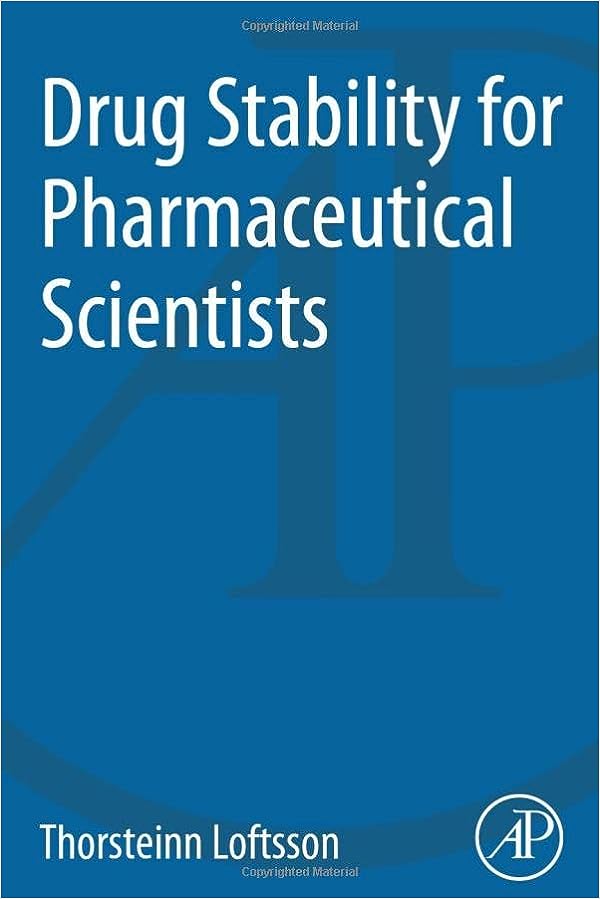A Step-by-Step Guide to FDA Guidelines for Photostability Testing
Introduction
Photostability testing evaluates the effects of light exposure on pharmaceutical products, ensuring that they remain safe, effective, and visually acceptable under recommended storage and use conditions. The FDA guidelines for photostability testing align closely with the ICH Q1B standard, emphasizing the importance of light resistance in drug development. This step-by-step guide explores the FDA’s requirements for photostability testing, providing practical insights for ensuring compliance and maintaining product quality.
What Is Photostability Testing?
Photostability testing assesses the stability of drug substances and products when exposed to light. The goals are to:
- Identify Sensitivity: Determine the impact of light on the physical and chemical properties of the product.
- Ensure Protection: Evaluate the effectiveness of packaging in shielding the product from light exposure.
- Support Regulatory Compliance: Generate data to meet FDA and international submission requirements.
Step 1: Understand the FDA Guidelines
The FDA follows the ICH Q1B guidelines for photostability testing, which include two key components:
- Forced Degradation Testing: Exposing the drug substance to light to assess its inherent stability.
- Confirmatory Testing: Evaluating the packaged drug product under simulated storage conditions.
Tip: Review the latest FDA guidance documents and ICH Q1B standards to stay informed about requirements.
Step 2: Define Testing Objectives
Photostability testing must address specific objectives, including:
- Determining degradation pathways and identifying photodegradation products.
- Establishing light protection requirements for storage and packaging.
- Ensuring that photodegradation does not compromise product safety or efficacy.
Tip: Incorporate photostability testing early in the development process to identify and address issues proactively.
Step 3: Select Testing Materials
FDA guidelines recommend testing both the drug substance and the drug product:
- Drug Substance: Evaluate the stability of the active ingredient when exposed to light.
- Drug Product: Test the formulation, including excipients and packaging, to ensure overall stability.
Tip: Include samples in their final container-closure systems for a more accurate assessment of light protection.
Step 4: Set Up Light Exposure Conditions
The FDA requires the use of light sources that simulate daylight and fluorescent light. Key parameters include:
- Light Intensity: Exposure to an overall illumination of not less than 1.2 million lux hours.
- UV Energy: Exposure to not less than 200 watt-hours/square meter of ultraviolet energy.
Tip: Use a combination of cool white fluorescent lamps and near-UV lamps to replicate real-world light exposure.
Step 5: Conduct Testing
Photostability testing involves exposing samples to controlled light conditions and evaluating their stability. Key steps include:
- Sample Preparation: Arrange samples in clear containers, ensuring even light exposure.
- Exposure Monitoring: Use validated light exposure equipment with calibrated sensors.
- Post-Exposure Analysis: Assess changes in physical appearance, assay, degradation products, and dissolution profiles.
Tip: Include dark controls to differentiate between photodegradation and other degradation mechanisms.
Step 6: Analyze Results
Data analysis is critical for interpreting photostability testing results. Key tasks include:
- Comparing Results: Evaluate exposed samples against unexposed controls.
- Identifying Degradation Products: Use analytical methods such as HPLC to detect photodegradation compounds.
- Assessing Packaging Effectiveness: Determine whether the container-closure system adequately protects the product from light.
Tip: Document all findings comprehensively to support regulatory submissions.
Step 7: Address Packaging Requirements
The FDA emphasizes the importance of protective packaging for light-sensitive products. Recommendations include:
- Opaque Containers: Use materials that block or reduce light transmission.
- Secondary Packaging: Include light-resistant cartons or overwraps for additional protection.
- Labeling: Clearly state storage conditions, such as “Store in a light-resistant container.”
Tip: Conduct packaging compatibility studies during photostability testing to validate effectiveness.
Step 8: Prepare Regulatory Submissions
Comprehensive documentation is essential for FDA submissions. Include the following:
- Details of photostability testing protocols, conditions, and equipment.
- Complete data sets with observations of physical and chemical changes.
- Justifications for packaging design and storage recommendations.
Tip: Use standardized templates to streamline submission processes and ensure consistency.
Challenges in Photostability Testing
Implementing photostability testing can present challenges, including:
- Resource Intensity: Testing requires specialized equipment and expertise.
- Data Complexity: Managing and analyzing large datasets from photostability studies can be challenging.
- Regulatory Variability: While the FDA aligns with ICH Q1B, minor differences may necessitate additional considerations.
Tip: Partner with contract research organizations (CROs) to overcome resource limitations and ensure compliance.
Best Practices for Compliance
To ensure successful compliance with FDA photostability testing guidelines, adopt these best practices:
- Plan Early: Incorporate photostability testing into the early stages of development to identify and mitigate risks.
- Validate Methods: Use validated analytical techniques to ensure accuracy and reproducibility.
- Leverage Technology: Invest in advanced equipment for precise light exposure and data collection.
- Engage Regulators: Maintain open communication with the FDA to clarify requirements and address concerns.
- Document Thoroughly: Maintain detailed records of all testing procedures, results, and deviations.
Conclusion
FDA guidelines for photostability testing provide a robust framework for evaluating the impact of light on pharmaceutical products. By following these guidelines, manufacturers can ensure product quality, support regulatory compliance, and deliver safe and effective medicines to patients. With careful planning, advanced technology, and adherence to best practices, photostability testing can be seamlessly integrated into the drug development process, safeguarding product integrity in diverse storage and use conditions.
